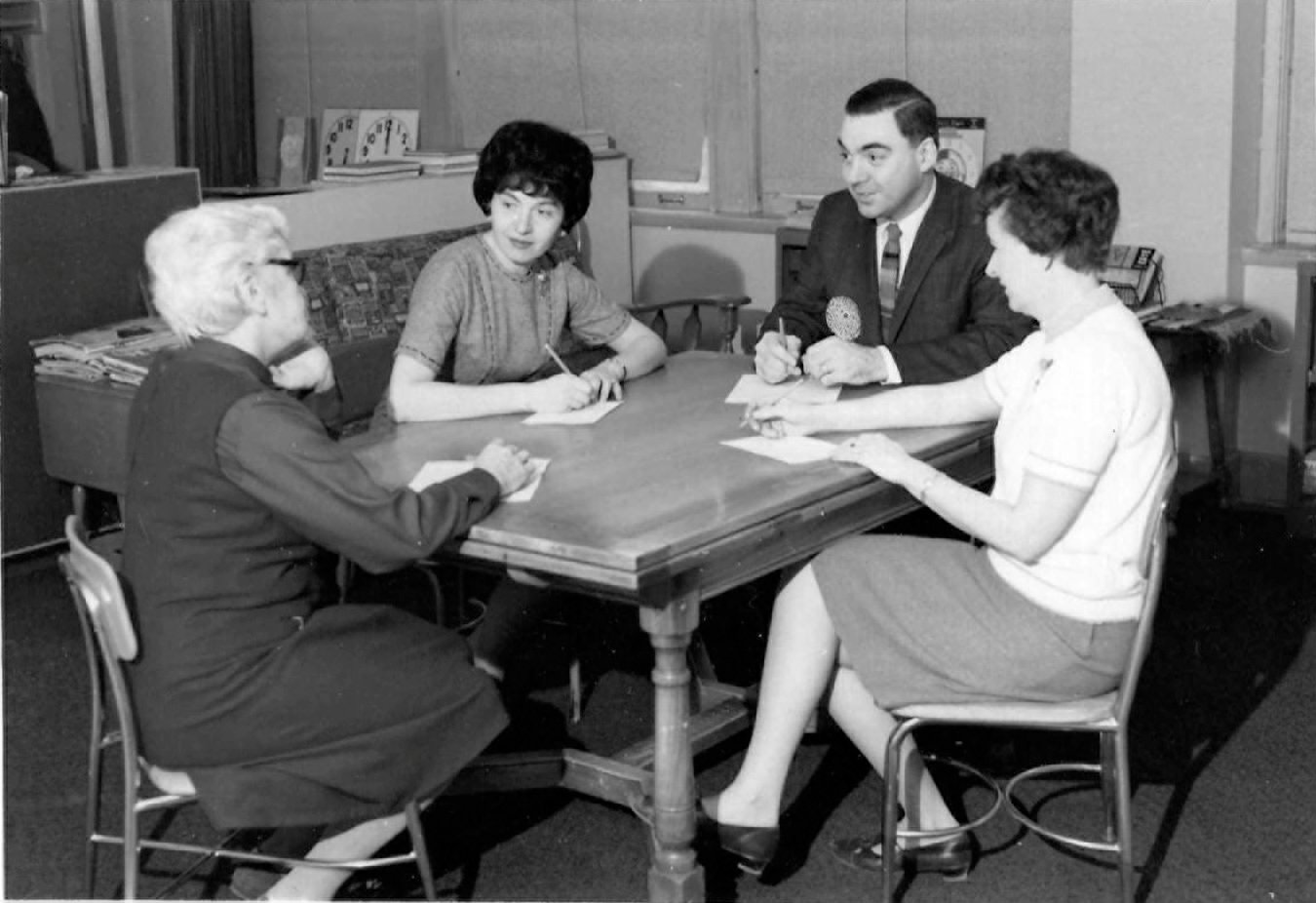‘Saved by Schindler’ tells inspiring tale of perseverance
Many know the tale of Oskar Schindler, the German industrialist credited with saving more than a thousand Jewish lives during the Holocaust — a story popularized by Steven Spielberg’s 1993 film, “Schindler’s List.” But the stories of those he saved have not been as well known until now, thanks to author William Friedricks.
In October, Friedricks published “Saved by Schindler: The Life of Celina Karp Biniaz,” which tells Karp Biniaz’s story of surviving the Holocaust and then living out the American dream — a large part of which included living in Wantagh.
For much of her life, Karp Biniaz never spoke about what she endured during the Holocaust. “My mother always said, ‘Oskar Schindler saved my life, but Steven Spielberg gave me my voice,’” Rob Biniaz, Karp Biniaz’s son, said. “She never really even talked to anyone about this experience until the book came out.”
The book, Thomas Keneally’s “Schindler’s Ark,” came out in 1982, more than 10 years prior to Spielberg’s film.
Friedricks’ newly published book recounts Karp Biniaz’s life. She was born in 1931 in Krakow, Poland to Irvin and Phyllis Karp. Both of her parents worked as accountants in Krakow and were practicing Jews.
“They were fully integrated into Polish society,” Friedricks said. “They did not live in the Jewish quarter, it was a mixed neighborhood. Celina had a great childhood up until the invasion in 1939.”
Nazi Germany invaded Poland in September of 1939, and while the Nazis deemed much of the population of Poland “untermenschen,” or subhuman, Jews, especially, lost their civil rights. In 1941, Karp Biniaz and her parents were forced to live in a Jewish ghetto, and she was not allowed to begin the third grade.
Friedricks recalled how, during this time in the ghetto, Jewish children were deemed insignificant for labor, and so Karp Biniaz’s mother forged documents about her age to ensure that her daughter would not be deported. Irvin Karp worked in one of the factories of Julius Madritsch, who collaborated with Schindler to save lives.
“In the spring of 1943, they were sent to Plaszow,” Friedricks said of the Karps. “They were, of course, forced to work there, still in one of Madritsch’s factories. Plaszow eventually closed down in 1944, and Schindler and Madritsch worked to move those on Schindler’s list into one of Schindler’s factories in the Brunnlitz camp in Czechoslovakia.”
This move allowed Karp Biniaz and her parents to survive until Czechoslovakia was eventually liberated by the Soviets in the spring of 1945. Karp Biniaz and her parents initially went back to Krakow, but even after the war, antisemitism was rampant, forcing them to go to a displaced person’s camp in Germany.
In 1947, the family arrived in America and first settled in Iowa. Karp Biniaz attended high school and college there, before moving to New York for her graduate studies. That’s where she met her husband, Amir Biniaz, an Iranian immigrant attending dental school. The pair married in 1953, and she gave birth to Rob Biniaz in 1954. A year later, they moved out of the city, to Wantagh.
“My parents had good friends who lived in Wantagh, and they wanted to move out to the suburbs, which was extremely common in the 1950s,” Rob Biniaz said. “So they came here. Supposedly, when they said the word ‘Wantagh,’ I, as a baby, would smile.”
Rob, and his younger sister, Susan, both went to Wantagh Public Schools. They attended Wantagh Elementary School and then the former Sunrise Park Elementary School. Although his mother and father were raised Jewish and Muslim, respectively, the family attended a Unitarian church in Freeport.
Karp Biniaz was extremely active in the Wantagh community. While her husband practiced dentistry out of their house, she became a special education teacher at Sunrise Park Elementary.
“It was the American dream for both of my parents — both being immigrants,” Rob Biniaz said.
The couple remained in Wantagh until 1993, when Karp Biniaz retired from teaching, and then moved to California, where she still resides today.
Given the circumstances in America today, Friedricks could not be happier with the timing of his new book.
“I had plans to see Celina in March of 2020,” Friedricks said. “And then Covid complicated everything. But now I’m happy with it being published now, because Celina is an incredible woman and this is important to fight the rising tide of antisemitism. Celina’s story is one of resilience and shows readers the other side of Schindler’s list.”







